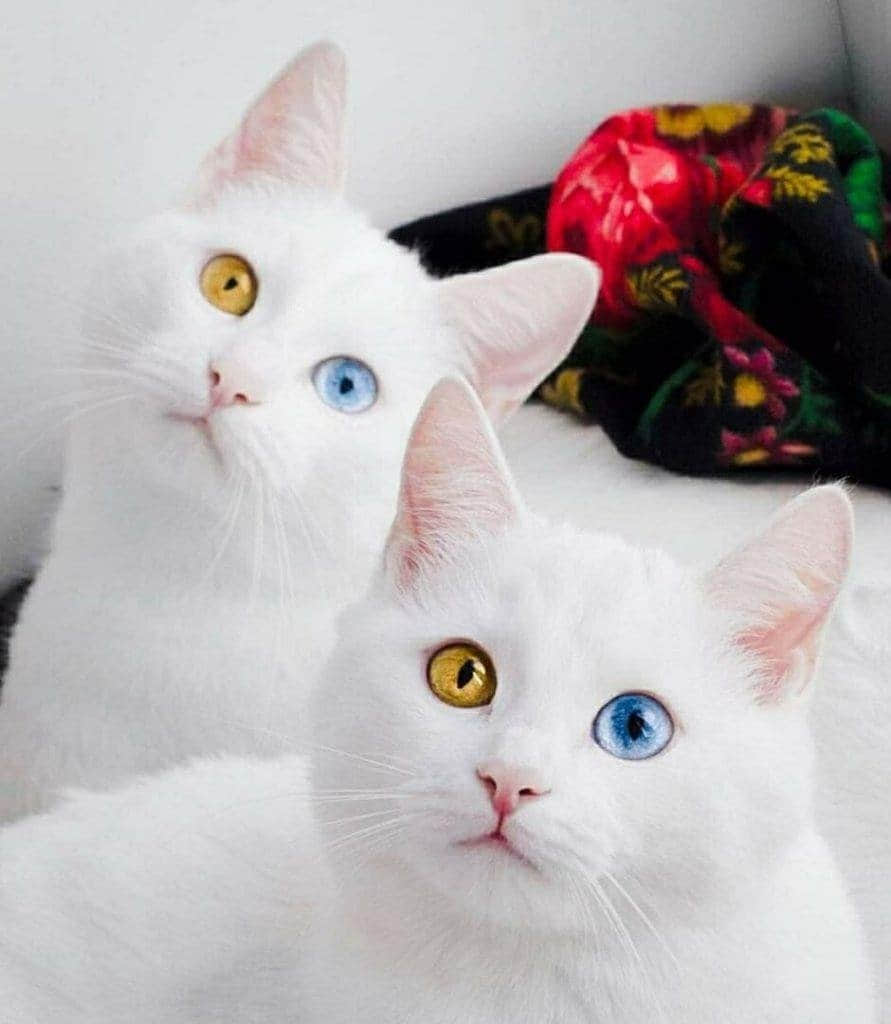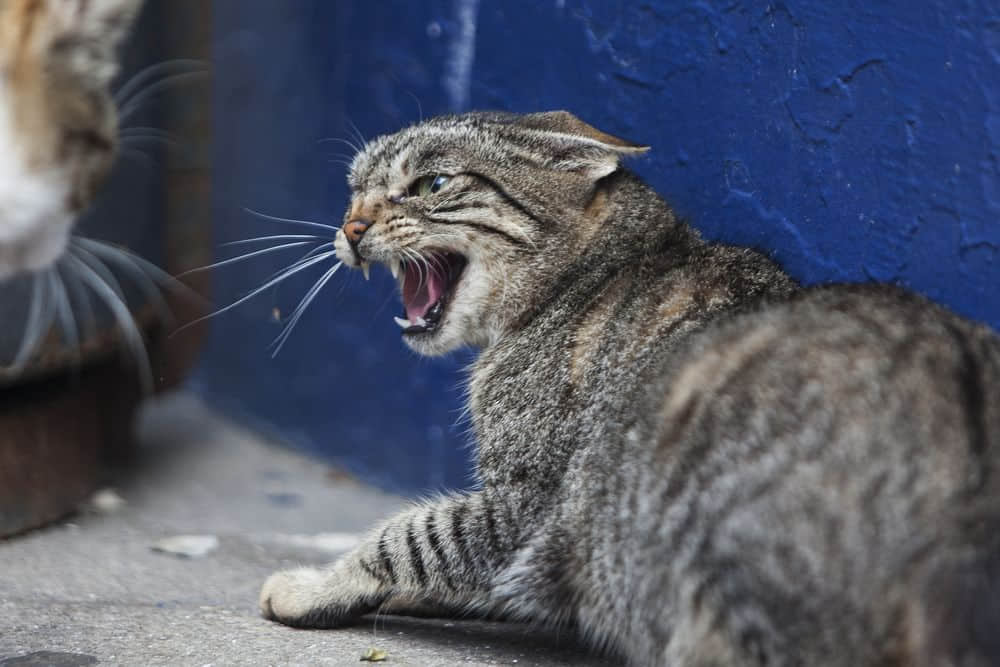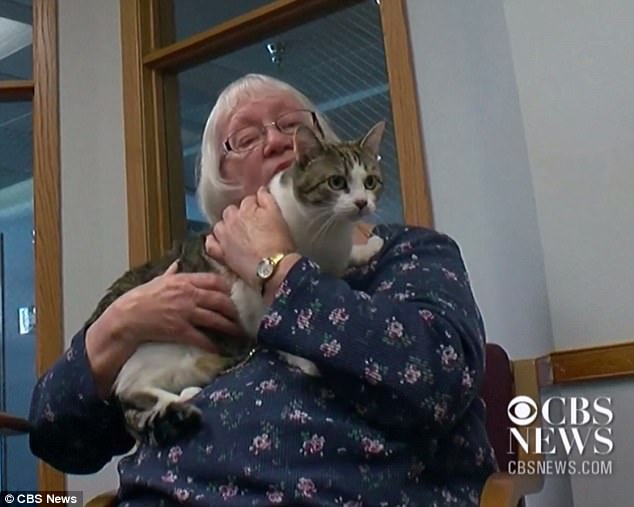At first, Louis Wain’s cat paintings resembled many other animal paintings, gradually became more abstract, and finally no longer resembled cats.
Louis Wain was one of the most famous commercial artists in British history in the late 19th and early 20th centuries. His father died when he was only 20 years old. Louis alone takes care of his elderly mother and five sisters in the family. According to Schizlife, when his sister was hospitalized with breast cancer, she suddenly felt comfortable playing with cats. From then on, Louis started thinking of ideas like wearing glasses for the cat and sketching interesting moments to help his sister’s mood improve.
Gradually, he developed those sketch ideas into artistic cat paintings. His paintings were widely spread, printed in magazines, children’s books, postcards and made his name famous at that time.
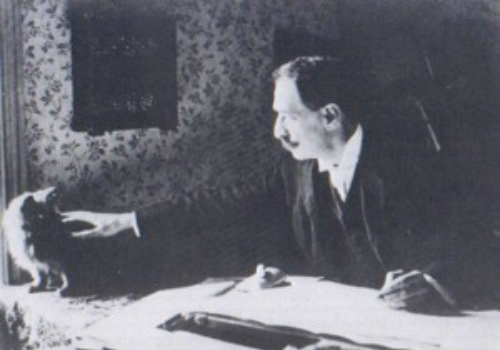
Initially, Louis’ cat drawings were like many other cute animal paintings with images of cats wearing silly hats, cats holding balls, and pretending to talk to kittens. Cat attributes such as walking on four legs, not wearing clothes, face showing no emotions… are also shown in the painting.
Gradually Louis developed his cats in an anthropological direction. They are more similar to humans. Cats in his paintings stand on two legs, smile and wear human clothes, play the piano…
Louis Wain’s first signs of schizophrenia appeared after his mother’s death. Many people suspected the paranoia he expressed in his drawings. His words were a bit unusual but he didn’t know it. The artist is afraid of electronic devices and furniture in the house.

Some researchers believe that Louis Wain suffered from schizophrenia due to exposure to Toxoplasmosis from the cat parasite. However, all these are just assumptions and there is no evidence to prove them.
His sister also shared about Louis’ strange behavior that sometimes reached its peak. The family sent Louis to Springfield psychiatric hospital, where he was treated for a year, but his condition did not improve. In 1930, Louis moved to Napsbury psychiatric hospital, whose pleasant atmosphere included a garden and lots of cats.
He continued to paint abstract cat paintings. The public believed that this change reflected the progression of the artist’s symptoms of schizophrenia.
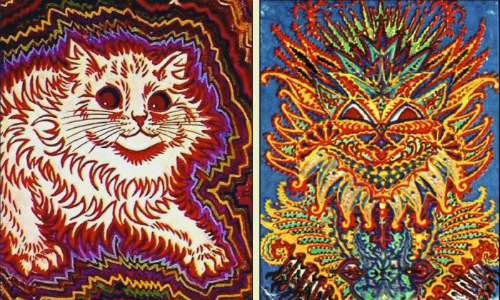
Portraits of smiling and happy cats against beautiful floral backgrounds slowly transform. Happiness turns into a suspicious, serious feeling on the cat’s face. The bright colors gradually become bright, and the cats in the paintings can emit a halo. The cats showed signs of fear and discomfort. The ears are drawn with their backs turned and the eyes look in all directions. Over time, the cat portraits began to resemble a hallucination. In the end, the cat Louis drew no longer looked like a cat.
Louis Wain died in 1939. According to scientists, schizophrenia is a mental disorder. These disorders often manifest as visual hallucinations, auditory hallucinations, delusions, disordered speech and complete social dysfunction.
